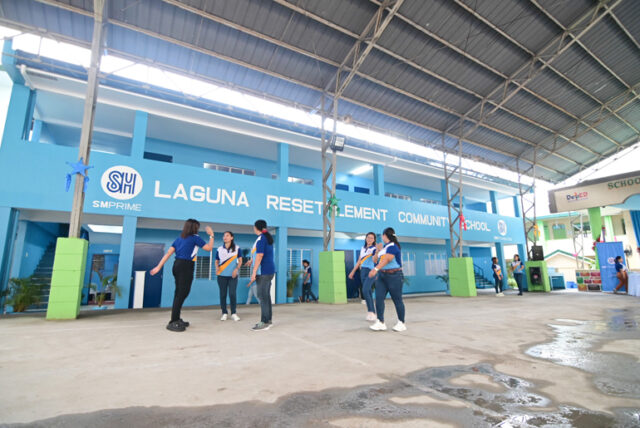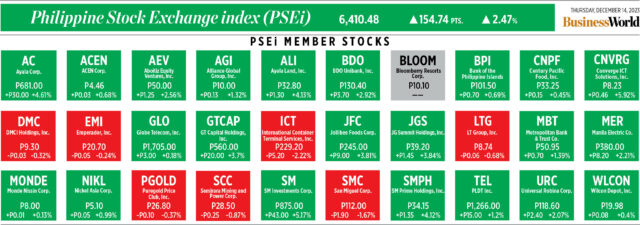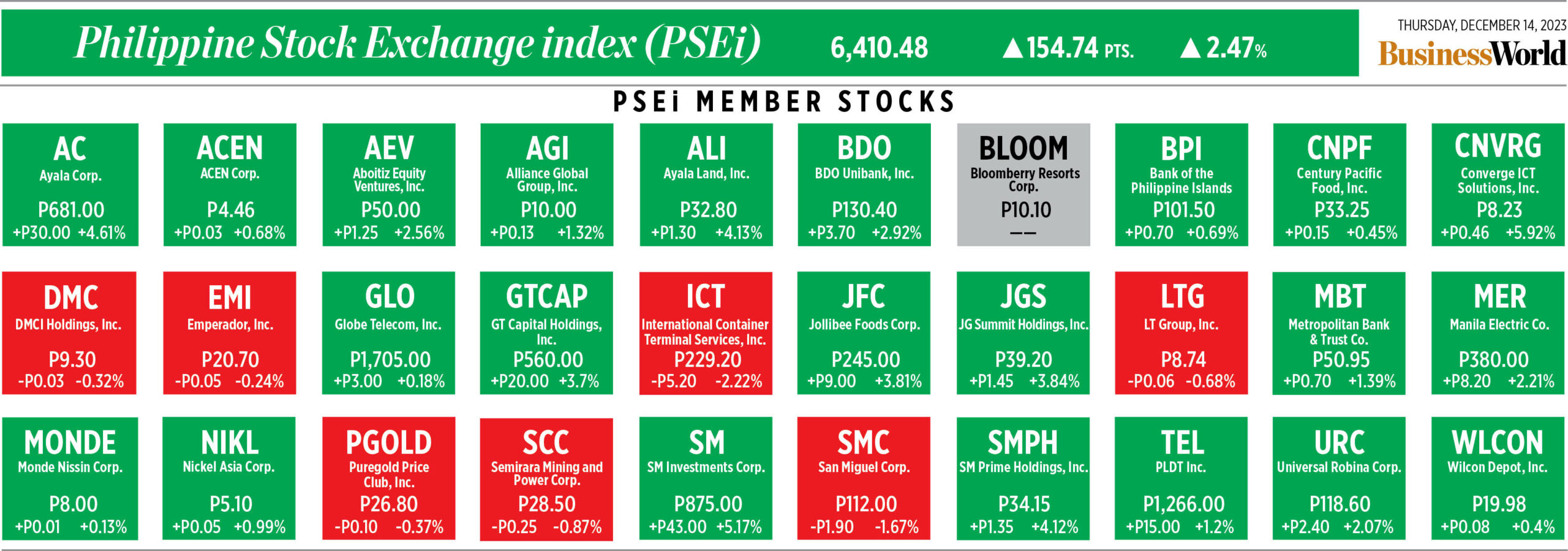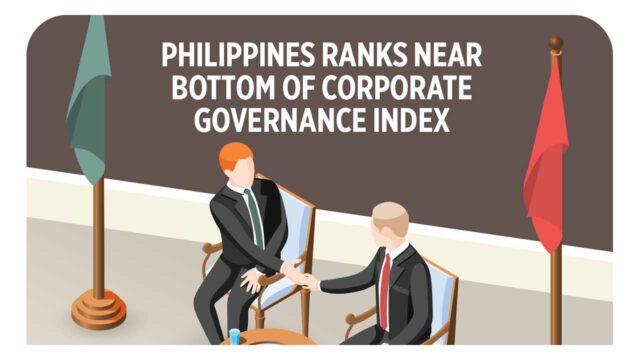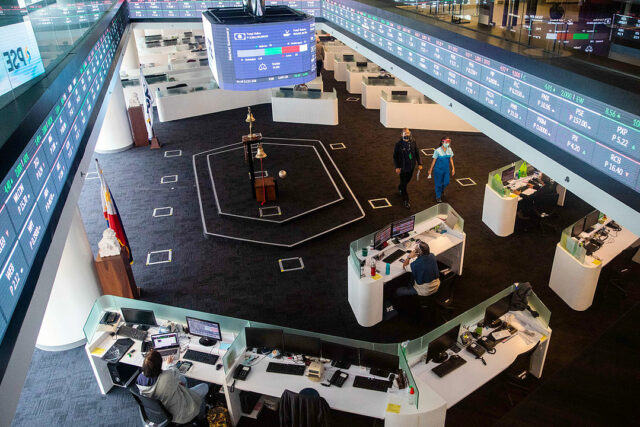Bond issuances may drop amid rate cut bets
BOND ISSUANCES are seen decreasing next year as investors shift to riskier assets amid expectations that central banks here and abroad will begin reducing benchmark interest rates next year.
“From an issuer, they will not want to issue bonds because rates will go down. So, there will be less bond issuances but there will be more activity in the equities market or the real estate investment trust market,” BDO Capital and Investment Corp. President Eduardo V. Francisco told reporters on the sidelines of an event on Wednesday.
In the Philippines, BDO Capital expects benchmark rates to begin easing in September next year, he added.
Still, global central banks will need to remain hawkish due to lingering risks to inflation, Mr. Francisco noted.
“Central banks have to remain cautious because of Ukraine, Israel, or El Niño. But in general, if they manage things well, especially rice and other commodities, it should be okay. Even oil is low despite issues abroad,” he said.
Investors are already shifting to riskier assets as bond yields at the secondary market have started easing, he added.
“So, that’s already the signal. They’re already starting to price it in. They’re anticipating rates to go down. From a bond and equities perspective, equities will go up because there will be interest again in the stock market. That means IPOs (initial public offerings) that were postponed this year could be issued next year,” Mr. Francisco said.
Meanwhile, other analysts said bond issuances could still pick up in 2024 as expectations of easing interest rates could encourage issuers to take advantage of lower borrowing costs.
“We expect bond and other fixed-income issuances to pick up next year. This will be driven by refinancing of debt maturities in 2024, fundraising for major capital expenditures, and a potentially more favorable interest rate environment,” China Bank Capital Corp. Managing Director Juan Paolo E. Colet said in a Viber message.
“Lower borrowing costs tend to increase investments and bond issuances needed to finance new investments,” Rizal Commercial Banking Corp. Chief Economist Michael L. Ricafort said in a Viber message.
On Thursday, the Bangko Sentral ng Pilipinas (BSP) kept its policy rate steady at a 16-year high of 6.5% for a second straight meeting, as expected by 15 of 17 analysts in a BusinessWorld poll conducted last week.
The interest rates on the BSP’s overnight deposit and lending facilities were likewise kept at 6% and 7%, respectively.
BSP Governor Eli M. Remolona, Jr. said the Monetary Board kept its stance unchanged as “the balance of risks to the inflation outlook still leans significantly toward the upside,” due to potential pressures from rising transport, electricity and fuel prices, as well as the El Niño weather phenomenon.
“With the sum of recent information, the Monetary Board continues to see the need to keep monetary policy settings sufficiently tight to allow inflation expectations to settle more firmly within the target range… Going forward, the BSP remains ready to adjust monetary policy settings as necessary, in line with its mandate to ensure price stability,” Mr. Remolona said.
The Monetary Board has raised benchmark interest rates by a cumulative 450 basis points (bps) since it began its tightening cycle in May 2022 to help bring down inflation.
Meanwhile, the Federal Reserve left interest rates unchanged on Wednesday and US central bank chief Jerome H. Powell said the historic tightening of monetary policy is likely over as inflation falls faster than expected and with a discussion of cuts in borrowing costs coming “into view,” Reuters reported.
“People are not writing down rate hikes” in their latest economic projections, Mr. Powell said at a press conference following the end of the central bank’s final policy meeting of the year.
“That’s us thinking we’ve done enough,” he said, adding that rate increases were “not the base case anymore.”
The Fed has hiked rates by a cumulative 525 bps since March 2022 to the current 5.25%-5.5% range. — A.M.C. Sy with Reuters






